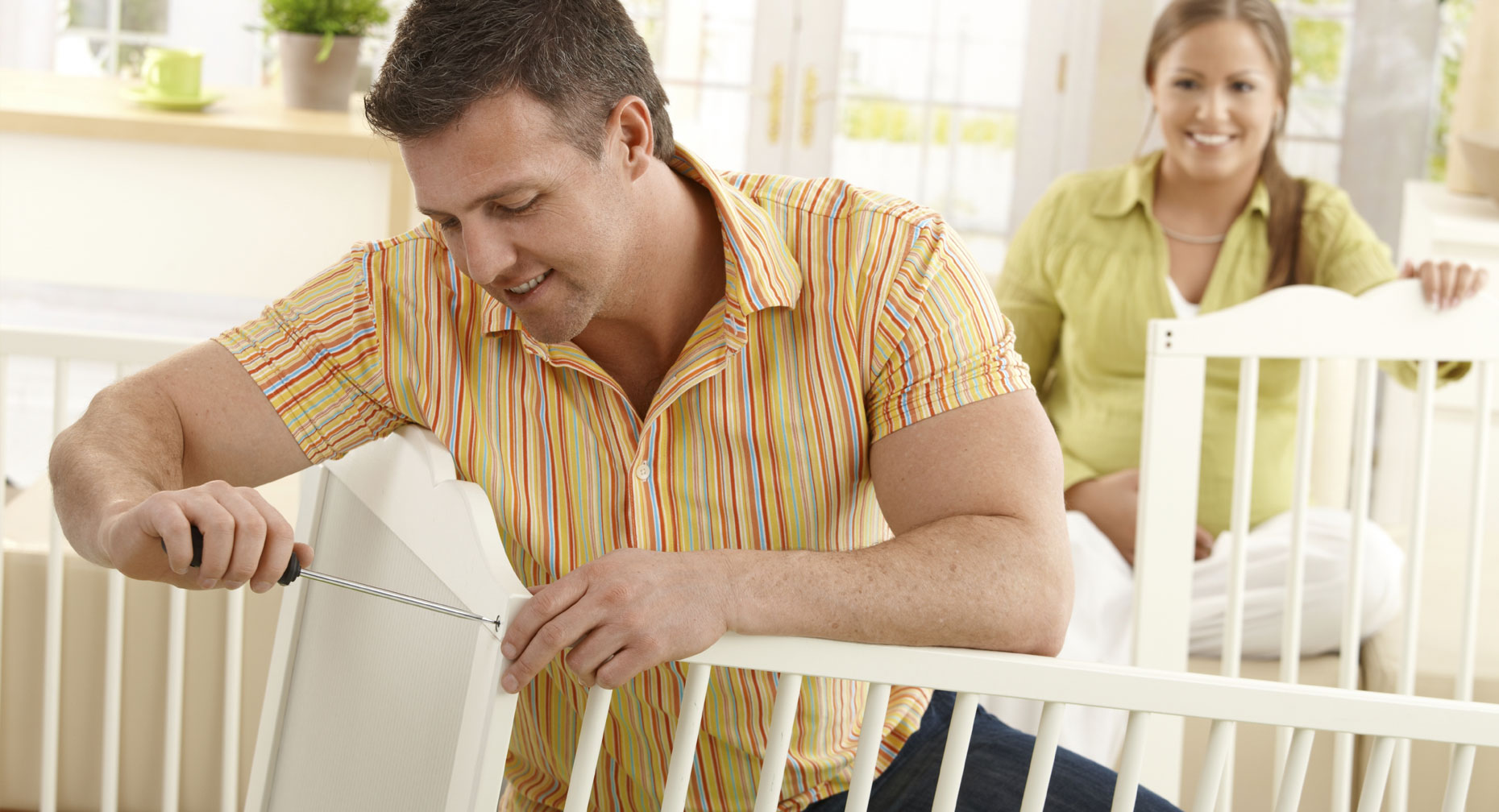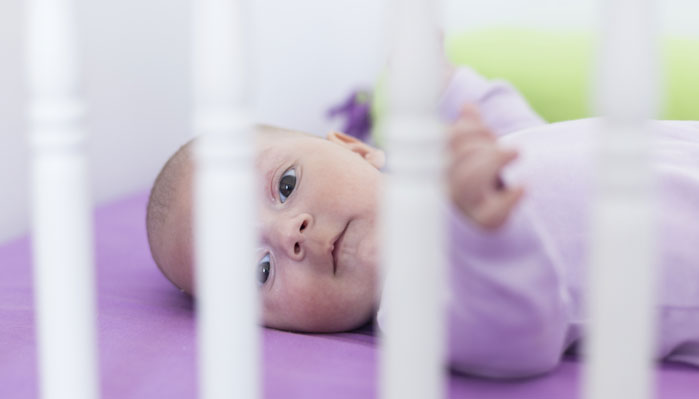Think Safety First When Selecting and Outfitting Your Baby’s Crib

Answer a few questions and we'll provide you with a list of primary care providers that best fit your needs.
Of the purchases you make for your new baby, the crib can be one of the most, if not the most, important.
After all, your baby will be spending a lot of time in it. Newborns sleep as many as 14 to 17 hours a day, to support rapid mental and physical development.
So it’s essential to select a crib that provides your baby comfort and safety. And don’t think of comfort in adult terms. Comfy pillows, blankets and quilts have no place in cribs. Soft bedding and cuddly toys raise the risk your baby could suffocate on them.
Follow these tips to select and outfit a crib that assures your baby a safe sleeping environment.
The Crib and Mattress
The U.S. Consumer Product Safety Commission advises buying a crib that meets current federal safety standards:
- Slats spaced no more than 2? inches (60 mm) apart — with no missing or broken slats
- Firm mattress that fits snugly, permitting less than the width of two fingers between the mattress and the side of the crib
- Mattress support securely attached to the head and footboards
- Corner posts extend no higher than 1/16 inch (1.5 mm), to prevent the baby’s clothing from becoming entangled
- No cutouts in the head and footboards that could entrap the baby’s head
- No drop-side rails, as they are unsafe
- All screws and bolts should be present and tight.
In addition, the commission recommends against placing your crib near draperies or blinds. The cords pose a strangulation risk.
Move your child to a bed when he reaches 35 inches in height. At this point, he could climb or fall over the sides of a crib.
Comfy pillows, blankets and quilts have no place in cribs.
Bedding
It bears repeating: do not place soft bedding or toys in your baby’s crib. All that’s needed is a tightly fitted sheet over the mattress. The CPSC and American Academy of Pediatrics urge parents not to place bumper pads of any kind, blankets, quilts, stuffed toys or other soft items in their babies’ cribs, as they raise the risk for sudden infant death syndrome (SIDS) and suffocation.
For baby’s safest sleep, they also recommend you:
- Dress your baby in a sleeper or sleep sack as a safe alternative to blankets, with no other covering
- Make certain your baby's head remains uncovered during sleep
- Never place your baby on a waterbed, sofa, soft mattress, pillow or other soft surface to sleep
Answer a few questions and we'll provide you with a list of primary care providers that best fit your needs.
Source: National Sleep Foundation; US Consumer Product Safety Commission

